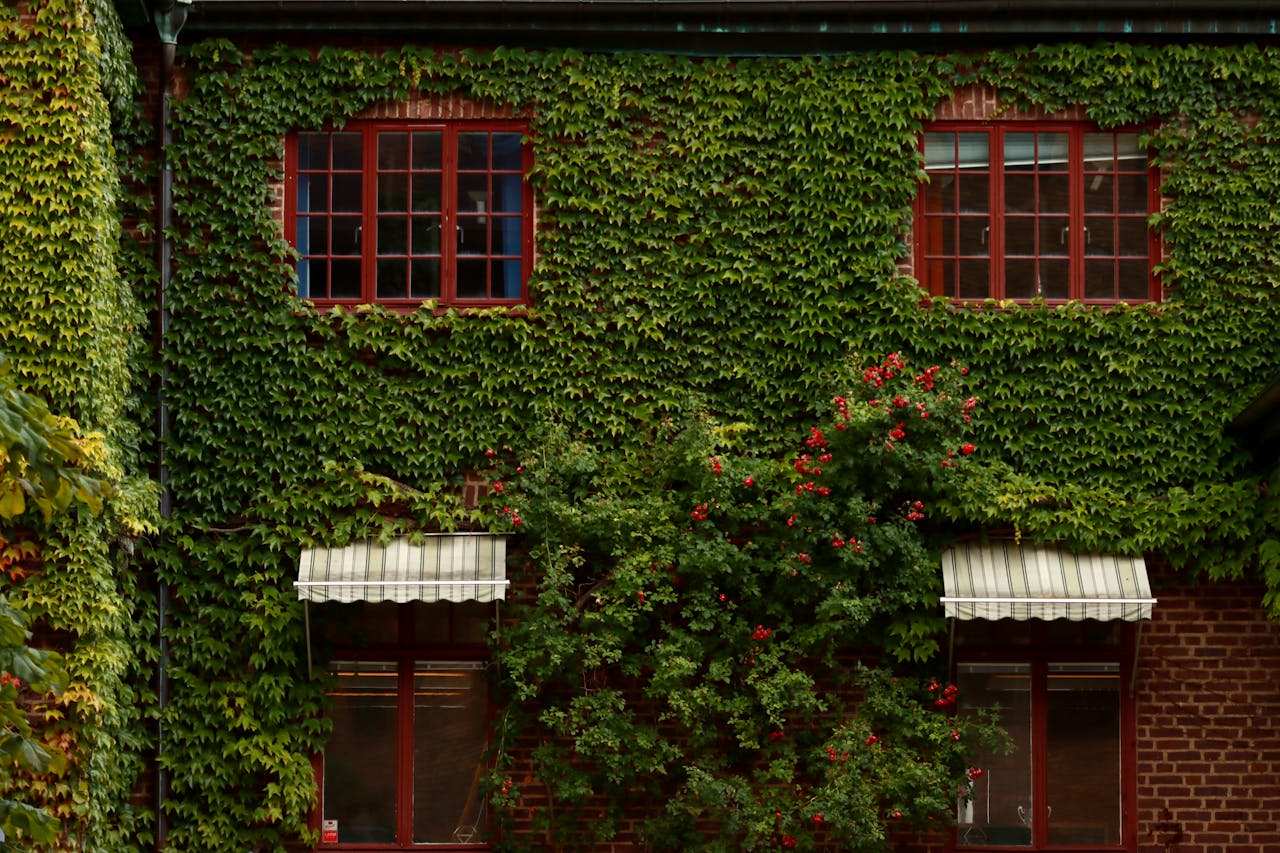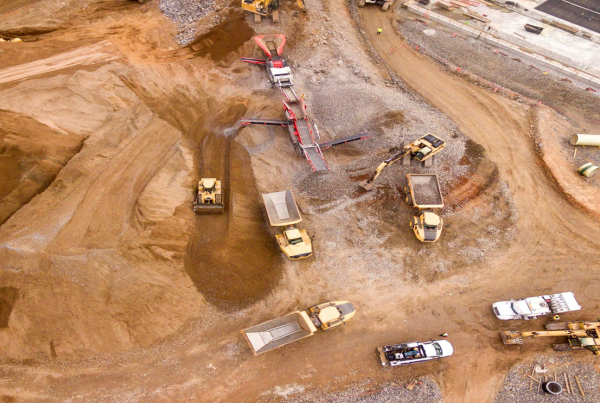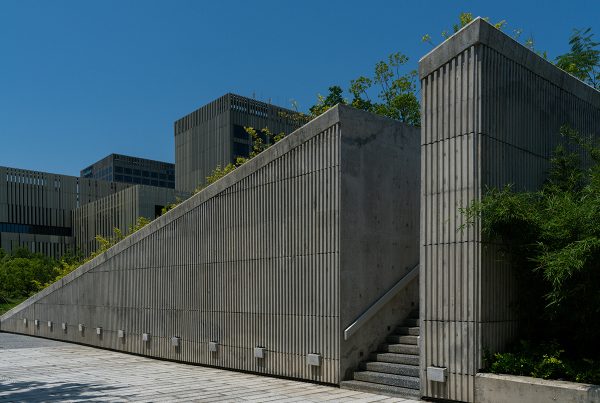High-rise building spaces can often seem dystopian, with many environmentalists noting how the world is losing its touch with nature. Thankfully, the construction industry is developing high-rise ecosystems as an answer to that dilemma. Sustainable architecture is beneficial for both the environment and the human population.
The Rising Popularity of a “Vertical Forest”
High-rise ecosystems, also known as vertical forests, refer to self-sufficient buildings that contain a multitude of natural systems. Some weave them throughout the structure, while others incorporate elements into their mechanisms and operations.
The vertical forest is an architectural typology created in 2007 by Stefano Boeri Architetti to promote biodiversity, manifesting in a sustainable residential building called Bosco Verticale in Milan. It features trees, shrubs and plants on its residential towers, one 110 meters and the other 76 meters in height.
The concept of living nature in architectural design remains popular, with many engineers and contractors creating variations as further discussions on the sustainability movement arise.

Why High-Rise Ecosystems are Effective
High-rise ecosystems’ positive impact on the environment and people is more than a theory. Discover how effective they can be.
Provides Oxygen
Urban spaces with high-rise buildings typically have poor air quality caused by human activities, transportation pollution and other factors. Vertical greenery can serve as an air purifier to enhance air quality and absorb pollutants.
Vertical forests have extensive amounts of greenery on and around buildings to maximize air purification and oxygen production. More greenery can more effectively achieve those goals.
Saves Energy
Trees can help save energy. Properly placing them around buildings can lower air conditioning costs by 30% and save up to 50% in energy for heating already. The effectiveness can be even greater when they are integrated into a building.
Trees can provide enough shade and cool buildings to reduce the need for turning on fans and circulators. They should be arranged in a way that still allows for airflow.
Combats Climate Change
A high-rise ecosystem can help curb climate change in various ways, such as by producing oxygen. Trees and plants in urban spaces can eliminate carbon when photosynthesizing and lessen greenhouse gas emissions in the long run.
Systems like living roofs can also help absorb and hold rainwater, minimizing stormwater runoff. Building a vertical forest will entail more sustainable construction practices, which can reduce one’s carbon footprint.
Improves People’s Well-being
Along with benefiting the environment, a high-rise ecosystem can offer advantages for people. Natural spaces can reduce stress and anxiety while lessening depression.
Connecting with nature can also promote spiritual wellness and inspire a more active lifestyle. Walking, running, and exercise, whether within a high-rise building or outside of it, can improve heart health and lower the risk of various illnesses, such as diabetes and high cholesterol.

How to Integrate Nature into High-Rise Buildings
Engineering nature into high-rise ecosystems must be intentional. Here are several ways to bring such visions to life.
Use Natural Materials
Natural materials can help ensure that the base of the high-rise building is already environmentally beneficial. While regular concrete can produce up to 0.9 tons of carbon dioxide, recycled concrete offers the same durability and uses aggregate material to minimize the use of virgin resources.
Another eco-friendly material is fiberglass. It is lightweight and uses minimal resources while providing energy efficiency. Recycled glass and plastics can also be ideal, as they keep waste out of landfills.
Improve Air Circulation
While vertical forests provide oxygen, it’s crucial to have good air circulation and distribute that fresh air. This goal requires an HVAC system that can support the whole building and strategic fan placement.
Windows and vents are also key to enabling passive ventilation and encouraging air flow. Position exhaust vents higher than inlet vents when possible to take advantage of the air’s buoyancy to rise and exit naturally.
Promote Vertical Farming
A high-rise ecosystem is only complete with the right greenery. The original vertical forest used a combination of trees, shrubs and plants based on how much sun exposure each one needs to thrive. Taller plant species can be integrated into the balcony design.
The global market size for vertical farming in urban buildings reached approximately $8.15 billion in 2024, and it is only estimated to keep growing. Community gardens and plots for occupants can foster engagement and benefit residents.
Focus on Climate-Resilient Architecture
With plenty of vegetation to manage, a high-rise ecosystem should be resilient against inclement weather. Analyze the local climate risks and use passive building design to mitigate them. For example, a living roof can help manage stormwater.
The original vertical forest has centralized irrigation and manages it remotely through a digital system. It utilizes groundwater and recycles graywater. These sustainable architecture strategies can be imperative during drier seasons in the year.
See a Sustainable Future
High-rise ecosystems maintain the structure and space people occupy for residential or commercial purposes while integrating natural systems. They offer long-term advantages to both the environment and humanity.











